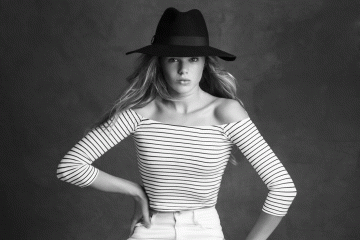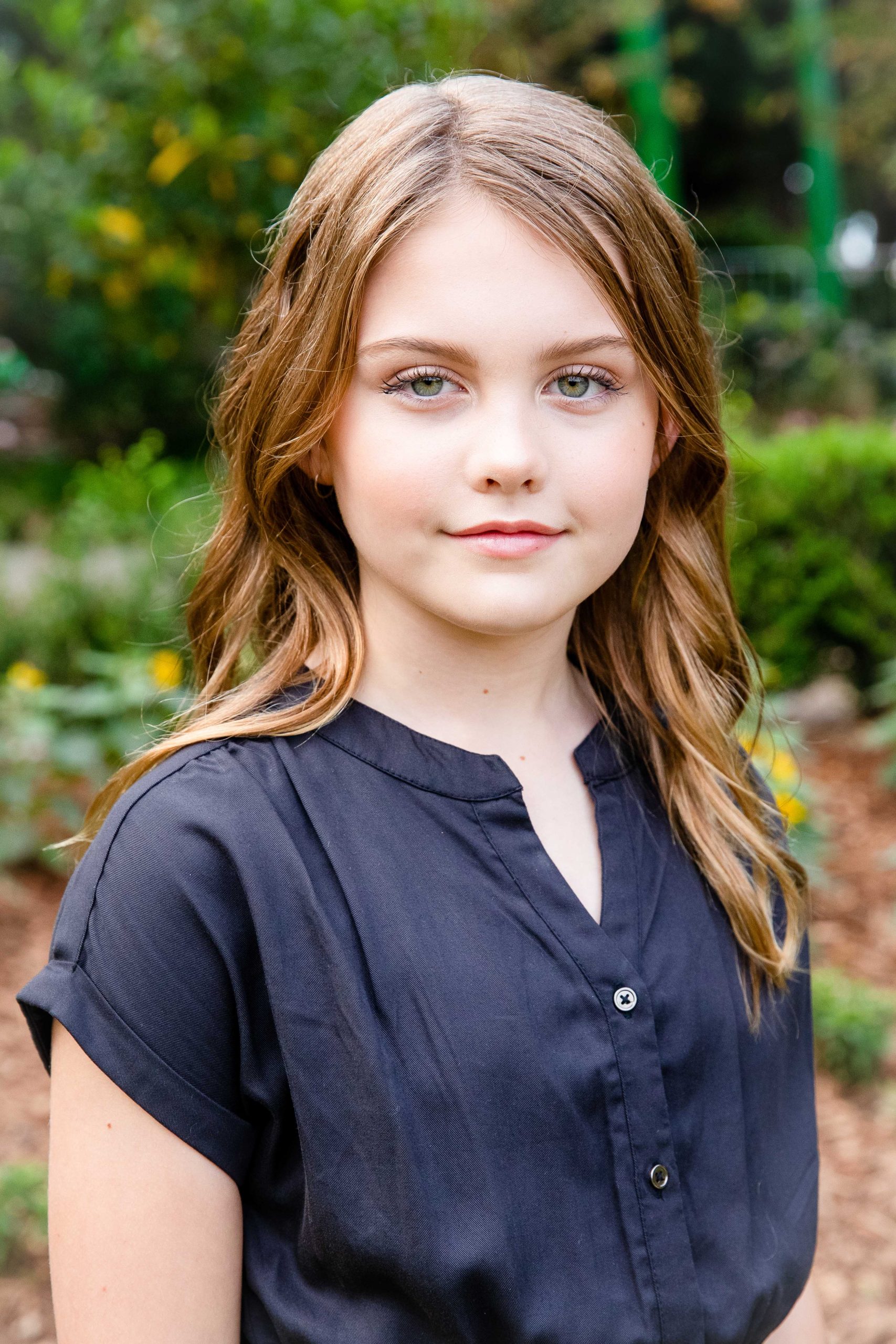The Newbie's Guide to Product Photography
If a image deserves a thousand words, a magnificent product image is worth a thousand site check outs. Although I do not have information to back up that declaration (yet), product photography can be extremely important to your ecommerce site method.
To reach your target market participants that choose purchasing online, you also need to give your target market clear, captivating photos of your products.
However product photography isn't as easy as aiming and shooting. Even the most basic products require the proper devices, lights, and also area to create attractive pictures that offer shoppers right from the purchase page.
6 Product Photography Tips ( as well as Instances) for Taking Photo That Sell
Right here are the suggestions, examples, as well as supplies you'll require to efficiently photograph and market your products in a way that makes your visitors as well as leads want to convert.
1. Don't be afraid to utilize your smartphone's cam.
This is the component where I'm meant to encourage you to invest in a high-end, 50-megapixel (MP) video camera with a 100-millimeter screw-on lens. Yet I'm not mosting likely to do that.
If you already possess a camera that fits this description, take advantage of it. But for several sorts of items, it's totally acceptable to shoot product pictures on a smart device.
Newer mobile phones flaunt effective cam lenses and settings that permit you to enhance your shots for the various sorts of light as well as settings you could fire in.
If you need more persuading, just have a look at Apple's Shot On An apple iphone campaign and also the photos that have arised from it throughout the years such as this:
2. Fire from a tripod for photo consistency.
Prior to describing tripods, I'm obligated to begin with a primary rule: Do not prop your phone against something strong to intend your lens towards the topic.
It's just as well easy for this makeshift arrangement to move around during the shoot and trigger disparities in your images' appearance. If you rest your electronic camera on, claim, a pile of books, just make sure this setup doesn't change over the course of the shoot.
There's no harm in holding your camera on your own when shooting just a couple of product pictures for your ecommerce website. However as your service grows, and also you take much more images of even more products, it can be challenging to standardize the product's positioning in each photo when firing handheld.
To make certain consistency throughout your items, you'll need a tripod. And luckily, purchasing https://postheaven.net/h3buzcs163/h2-the-newbieand-39-s-guide-to-product-photography-h2-if-a-image-is-worth-a one isn't always the large, industrial-sized financial investment it used to be.
Here are 2 kinds of tripods to think about.
Typical vs. Adaptable
This is a custom tripod-- there are traditional tripods offered for both cameras as well as smartphones.
A flexible tripod can be manipulated in a variety of means. You can flex its legs and put it on various surfaces to obtain the angle you need.
Mobile Grip
There's often a screw on the top of your tripod which affixes to your electronic camera to hold it in position. The bottom of a lot of professional-grade video cameras has a screw opening just for this function, however smartphones can make use of the following adapter:
The adapter grasps the sides of your mobile phone as well as can screw right into either sort of tripod, permitting you to run the cam regulates with the phone screen facing external as well as toward you.
Once you figure out which place you'll require, establish it up in front of your product, as well as consider putting 3 items of tape on the ground to mark where you want to maintain each leg of your tripod throughout the shoot.
3. Select natural light or man-made light.
Never undervalue exactly how certain kinds of light can boost (or prevent) your product photography. Keep in mind, customers obtain the very best take a look at an item face to face, where they can see everything they need to before purchasing. The best illumination plan aids you expose those essential decision-making product functions when all site site visitors need to go on is a photo.
A single lighting arrangement could not work for every product-- a lights arrangement that benefits some items might deteriorate the look of others.
There are two types of light you can pick as your primary source of light: all-natural and also artificial light.
All-natural Light
Natural light describes sunshine-- easy as that. It's additionally called "soft light" since the sun casts a bigger, softer series of light than, say, a lamp beaming directly on the product. Ecommerce product shots prosper in natural light if:
The product is shot outside or indicated to be used outside.
The product is utilized by, endured, or shot with a person (people often tend to look much better in all-natural light).
You're attempting to highlight the product's environments, as opposed to details qualities of the product.
Right here's an example of a shot using all-natural light:
Synthetic Light
Fabricated light consists of candles, fire, and also a lot more generally, light bulbs. It's also referred to as " difficult light" since it produces a smaller sized but much more focused light surface area. This kind of light deals with items with physical details that require to be highlighted to impress an on-line shopper.
As a basic guideline, stick to simply one type of light per photo-- all-natural or fabricated. Including all-natural light to an artificially lit photo can soften a product that's meant to festinate, and also adding fabricated light to a naturally lit photo can sharpen a product that's implied to look soft. You don't intend to get in your own means.
4. Fill up or jump your light to soften shadows.
Whether you use all-natural light or man-made light, you'll require to minimize the darkness that any kind of potential difficult light casts on the opposite end of a product.
There are 3 methods to do this:
Fill Light
Consist of an additional, less-intense light to supplement your primary light. This added light is called your fill light and is used as a counterbalance to soften the all-natural shadow your primary light produces behind an things.
To do this, put your fill light opposite your major light so your product rests between both lights.
Flashbulb Bounce Card
A bounce card, or reflector card, is a little card that " mirrors" or "bounces" the primary light back onto the surface beneath your product to lower darkness.
Some bounce cards connect to the flashbulb of a professional video camera lens to diffuse the light from the camera's flash. This card sprays a softer light onto the topic from over your set-- rather than straight at it-- so you don't have long darkness trail behind the item you're shooting.
Standalone Bounce Card


If you're shooting from a smartphone, a flashbulb bounce card isn't an option, because you do not have a physical flash you can attach it to. Rather, make your very own standalone bounce card placed opposite your primary light source.
For novices to product photography, this bounce card can effectively change your fill light, which counters the tough light from the video camera flash or light that's facing towards the front of your product.
5. Use a sweep or picture setting to highlight the product.
There isn't one best way to place your product, lights, as well as jump cards-- they can change considerably depending on your history. Yet don't pick a history based upon what's easiest to produce. Backgrounds need to appear like how you desire your buyers to perceive your product when seeing it online.
Think about initially whether you 'd such as a white history or a more dynamic, real-world background. There's an easy way to accomplish each one.
White History: Sweep
For white histories, it's not as simple as setting up a table versus white drywall. Also mobile phone video cameras can grab little acnes on a white wall surface that you wouldn't discover with the nude eye. To catch a perfect white history without corners or blemishes, utilize a sweep.
A move is a big flexible sheet of paper, whose lower serve as the surface area beneath your product and after that contours up into a white wall behind the product.
On cam, the move's contour is unseen, emphasizing vital product details as well as allowing the thing to own every one of a web site visitor's attention.
Real-World History: Portrait Setting
Dynamic, real-world backgrounds are extremely appealing when capturing products that have a specific use or are being modeled by a person-- as you saw aware of the brief-case earlier in this guide.
But, it's easy for a real-world history to swipe the emphasis of the photo, making it uncertain which item in the photo you're in fact marketing.
Offer your product deepness and emphasis with picture setting, a photo setting on most specialist electronic cameras, and also readily available on many new smart devices. This setup blurs the history so the context of the product is clear however not completing versus the product itself.
Below is a incredibly amazing photo of a HubSpot pen taken in picture setting on a Google Pixel 2 (I took this photo myself). You can tell the pen sits on a desk with a computer system behind it, however the pen is still the prime focus for customers:
6. Shoot a selection of pictures.

My last ecommerce photography idea to you is to not quit at one photo per product. Equally as your clients look, hold, make use of, as well as even try out merchandise in a shop, your web site should fire a selection of photos to mimic this really experience.
If you're firing garments, as an example, catch the garment of clothes alone-- that is, expanded on a white surface area-- along with on a mannequin whose shade contrasts the shade of the product.
Then, for extra photos, have the clothes modeled on a individual, permitting you to take pictures of the product from the individual's different postures and angles.
Product Photography Set Up
Next, let's summarize what we just received-- below's a checklist of quick product photography set up tips that you can describe and share on your group:
• Select a cam-- whether or not that means using your smart device.
• Obtain a tripod that benefits your camera of selection.
• Pick natural or artificial illumination-- consider which choice is best for your product as well as environment.
• Determine whether you'll fill up or jump light.
• Select move or picture mode.
• Take several different images to offer your visitors range.
Get Started With Your Product Photography
Do not feel obligated to invest in every idea and tool at once. Use these product photography suggestions progressively to see what makes your store look one of the most presentable, and also transform your approach as your photography chops get better.